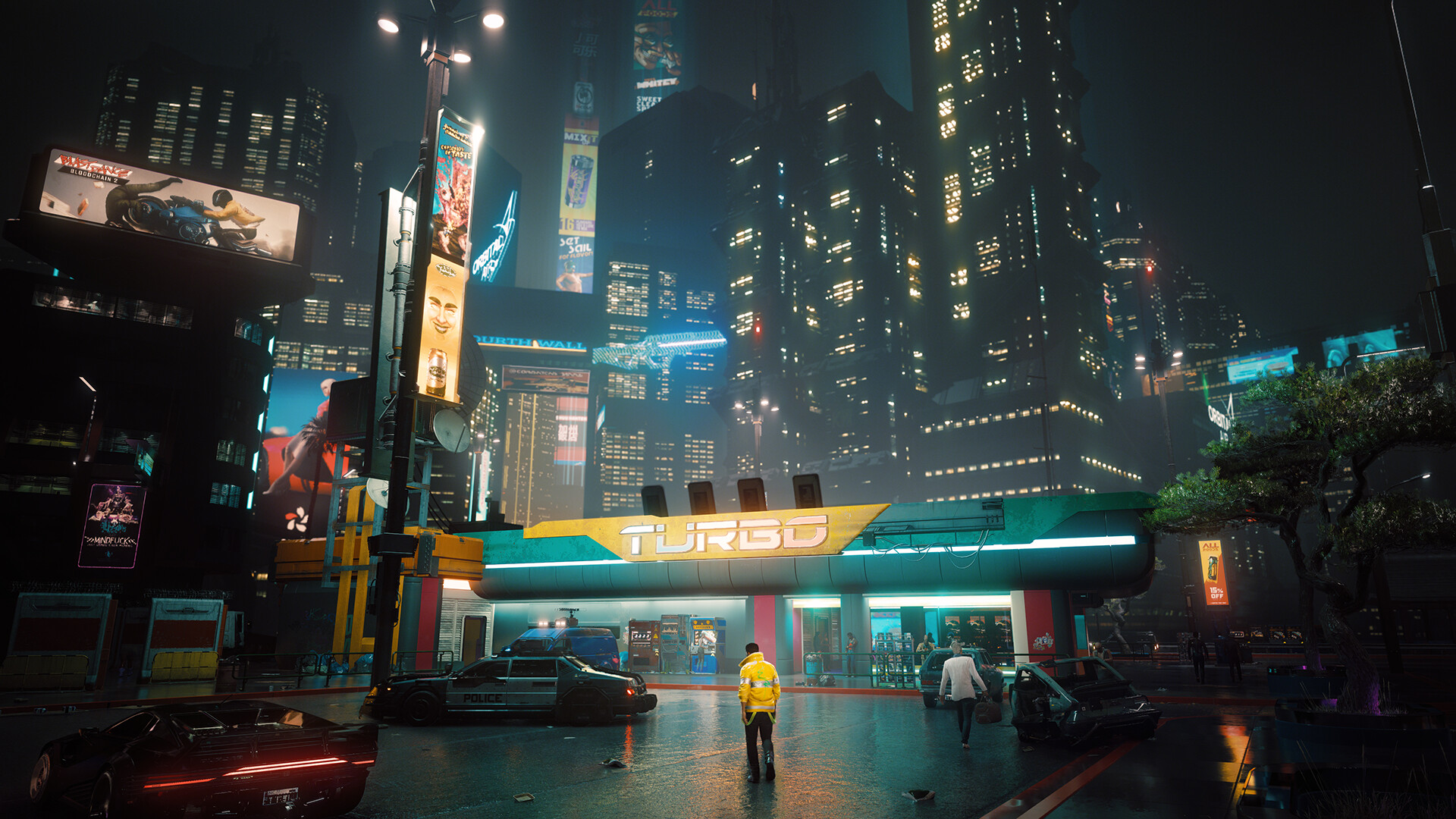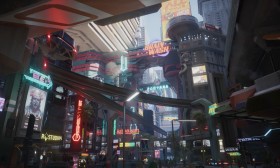Mastering the Atomgrad: A Tactical Guide to Team Roles in Call of Duty: Modern Warfare 2's Raid
So, you’ve secured the intel, assembled your squad, and are ready to descend into the chilling, radioactive depths of the Atomgrad Raid. Welcome to one of the most intense and rewarding cooperative experiences in Call of Duty: Modern Warfare 2. Unlike the chaotic free-for-all of multiplayer, success here isn't about your individual K/D ratio; it's about seamless teamwork, clear communication, and, most importantly, understanding and executing your team roles.
Many teams fail not because of a lack of skill, but because of a lack of structure. Everyone running around as a lone wolf is a surefire recipe for a quick game over screen. This guide is designed to break down the essential team composition for the Atomgrad Raid, defining the core roles, their responsibilities, and the ideal loadouts to ensure your trio operates like a well-oiled machine. Let's dive into the tactical foundation that will turn your squad from radioactive rubble into champion operators.
The Unshakable Anchor: The Defensive Specialist
Every successful raid team needs a rock—a player who can hold the line, absorb pressure, and create a safe zone for their teammates. This is the Defensive Specialist. Their primary function is area denial and survivability. In the frantic defense segments and tight corridors of Atomgrad, this role is the difference between holding your ground and being overrun.
Key Responsibilities:
- Point Control: During objective-based segments, especially the numerous "hold the area" moments, the Defensive Specialist is the cornerstone of the position. They are not chasing kills on the periphery; they are fortifying the immediate vicinity of the objective.
- Crowd Control (CC): Their job is to slow down and disorient the enemy onslaught. This means effectively using tactical and lethal equipment to create choke points and break enemy formations.
- Revive Master: While everyone should be ready to pick up a teammate, the Anchor often has the best situational awareness to perform safe revives. While others provide covering fire, they move in to get the squad back to full strength.
- Communication: They call out enemy concentrations and warn teammates of flanking routes they are too occupied to handle themselves.
Recommended Loadout for the Defensive Specialist Role:

- Weapon: A high-capacity Light Machine Gun (LMG) like the RAPP H or the Sakin MG38 is perfect. It provides the sustained suppressive fire needed to lock down lanes. Pair it with a mobile SMG or shotgun as a secondary for when enemies get too close.
- Tactical Equipment: Trophy Systems are non-negotiable. Deploying one or two on the objective can single-handedly win a defense round by nullifying incoming grenades and projectiles. For a more aggressive CC option, a Shock Stick can be devastating.
- Lethal Equipment: Claymores or Proximity Mines are excellent for covering flanking routes you can't constantly watch. Alternatively, a well-placed C4 or Semtex can clear out groups of clustered enemies.
- Perks: Focus on survivability and utility. Battle Hardened reduces the effect of enemy tacticals, Overkill allows for the LMG/SMG combo, Fast Hands for quicker equipment use and weapon swapping, and Survivor can give you that crucial second chance when you're downed.
The mindset here is patience and resilience. Your scoreboard might not always show the most kills, but your contribution will be felt by the entire team in their ability to operate effectively.
The Surgical Striker: The Assault & Flanker
If the Anchor is the shield, the Assault & Flanker is the spear. This player is the primary aggressor, tasked with eliminating high-priority targets, breaking enemy setups, and creating breathing room through sheer offensive pressure. They are the tip of the spear, constantly moving and punishing the AI for any lapse in their advance.
Key Responsibilities:
- Priority Target Elimination: This role focuses on taking out the heavily armored enemies, Juggernauts, and shield carriers before they can overwhelm the team's position.
- Flanking and Map Control: While the Anchor holds the center, the Striker pushes out to the sides, clearing out enemy spawns and preventing the team from being surrounded. They exploit openings and create new angles of attack.
- Aggressive Pushing: In segments that require forward momentum, the Striker leads the charge, with the Anchor providing support and the Specialist (we'll get to them) enabling the push.
- Boss DPS: During boss fights, this role is often responsible for dealing the bulk of the damage, constantly applying pressure to the primary target.
Recommended Loadout for the Assault & Flanker Role:
- Weapon: You need a weapon that can deal high damage quickly. A meta Assault Rifle like the TAQ-56 or Kastov 762 is incredibly versatile. For pure close-quarters decimation, a high-rate-of-fire SMG like the Vaznev-9K or FSS Hurricane is a fantastic choice. A Sniper Rifle or Marksman Rifle can also be invaluable for certain long-range encounters.
- Tactical Equipment: Stun Grenades or Flashbangs are your best friends. They allow you to push into rooms safely and neutralize dangerous enemies, giving you a critical advantage. Smoke Grenades can also be used for strategic revives or objective advances.
- Lethal Equipment: Drill Charges are phenomenal for flushing out campers and dealing with enemies behind cover. Frag Grenades or Semtex are always reliable for raw damage output.
- Perks: Mobility and lethality are key. Double Time for longer tactical sprints, Overkill or Strong Arm for better grenades, Fast Hands is essential for a player constantly switching between tools, and Amped for faster weapon swapping and rocket launcher usage.
The Striker's mindset is one of controlled aggression. You're not just running in blindly; you're creating opportunities and dismantling the enemy's strategy with precision and force.
The Master of Mysteries: The Support & Specialist
The third role is the linchpin that holds the entire operation together. The Support & Specialist is the team's problem-solver, intel gatherer, and utility player. While the Anchor holds and the Striker attacks, the Specialist enables both to perform their jobs more effectively. This is often the most challenging and rewarding role, requiring deep knowledge of the raid's mechanics.
Key Responsibilities:
- Puzzle Solving: The Atomgrad Raid is filled with complex environmental puzzles, from the infamous color-matching room to the chemical compound sequencing. The Specialist takes the lead here, directing teammates and solving these puzzles under pressure.
- Intel and Recon: Using the Heartbeat Sensor or other tools to scout ahead and call out enemy positions falls to this role. Knowledge is power, and the Specialist provides it.
- Flexible Support: This player fills in the gaps. If the Anchor is taking too much heat, the Specialist supports them with suppressive fire. If the Striker is pushing, the Specialist provides covering fire from a different angle. They are the ultimate team player.
- Healing and Resupply: While not as formalized as in other games, using the Munitions Box field upgrade to keep the LMG-toting Anchor stocked, or being the one to drop a Stim for a low-health teammate, is a classic Support function.
Recommended Loadout for the Support & Specialist Role:
- Weapon: Versatility is the name of the game. A balanced Assault Rifle that can handle mid-range engagements is ideal. The M4 or the Lachmann-556 are excellent choices. Your secondary could be a weapon that covers your primary's weakness, like a shotgun or a long-range rifle.
- Tactical Equipment: The Heartbeat Sensor is a top-tier choice for this role, providing invaluable intel on enemy positions through walls. A Snapshot Grenade serves a similar purpose. For more direct support, a Stim can be a lifesaver for a critical self-revive during a puzzle sequence.
- Lethal Equipment:
- Field Upgrade: The Munitions Box is arguably the best choice for the entire team. It ensures the Anchor never runs dry and the Striker always has explosives. The Med Box can also be situationally useful.
- Perks: Intelligence and utility perks are best. Scavenger to resupply from dead enemies (and keep your Munitions Box for emergencies), Spotter to see enemy equipment through walls, Fast Hands to use your equipment quickly during puzzles, and Bird's Eye for superior radar intel.
The Specialist's mindset is one of awareness and intellect. You're always thinking two steps ahead, managing the macro situation of the raid, and ensuring that logistical or mechanical hurdles never become the reason for your team's failure.
Synergy is Victory: Putting It All Together
Defining these roles is one thing; making them work in harmony is another. Communication is the glue that binds these roles together. Call out your actions: "Anchor, I'm placing a Trophy on the point." "Striker, I'm flashing left, push in." "Specialist, I see three on the heartbeat, top floor."
A perfect example of this synergy in action is during a defense wave. The Anchor sets up their LMG on a bipod, deploying a Trophy System on the objective. The Striker actively flanks the incoming wave, using stuns and drill charges to break them up before they reach the point. The Specialist uses a Heartbeat Sensor to call out the direction of the next wave, drops a Munitions Box for the Anchor, and helps solve any immediate environmental interaction that might appear.
Remember, these roles are a framework, not a prison. Adaptability is crucial. If one strategy isn't working, don't be afraid to switch up tactics or even swap roles between episodes if someone has a better grasp on a particular puzzle or encounter.
Mastering the team roles in the Call of Duty: Modern Warfare 2 Atomgrad Raid transforms the experience from a frustrating trial-and-error session into a triumphant display of coordinated tactical execution. Understand your role, trust your teammates, and communicate relentlessly. Now, gear up, operator. Atomgrad awaits, and it doesn't stand a chance against a truly coordinated team.













